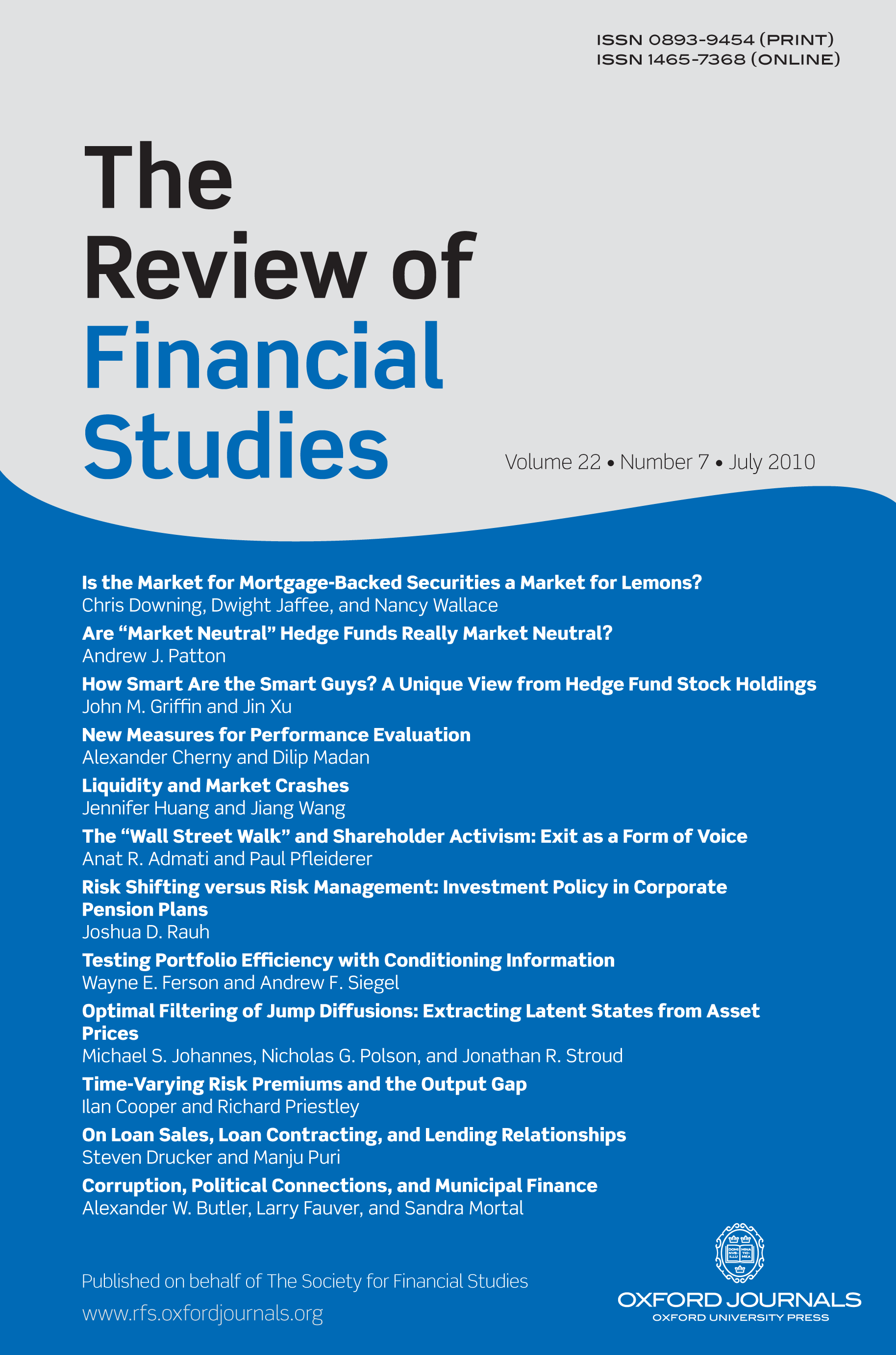
Cross-Subsidization of Bad Credit in a Lending Crisis
We study the corporate-loan pricing decisions of a major, systemic bank during the Greek financial crisis. A unique aspect of our data set is that we observe both the actual interest rate and the “break-even rate” (BE rate) of each loan, as computed by the bank’s own loan-pricing department (in effect, the loan’s marginal cost). We document that low-BE-rate (safer) borrowers are charged significant markups, whereas high-BE-rate (riskier) borrowers are charged smaller and even negative markups. We rationalize this de facto cross-subsidization through the lens of a dynamic model featuring depressed collateral values, impaired capital-market access, and limit pricing.





